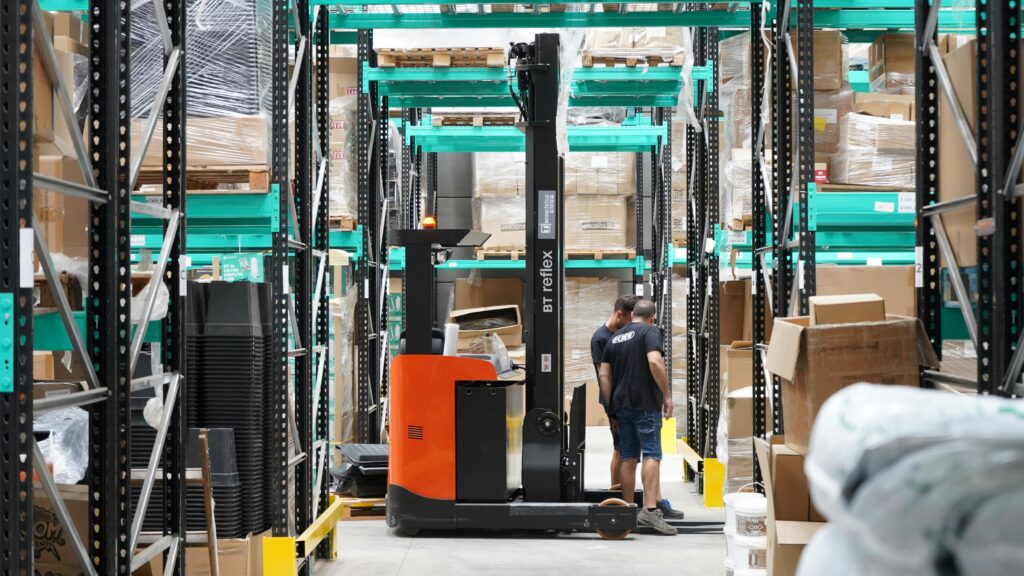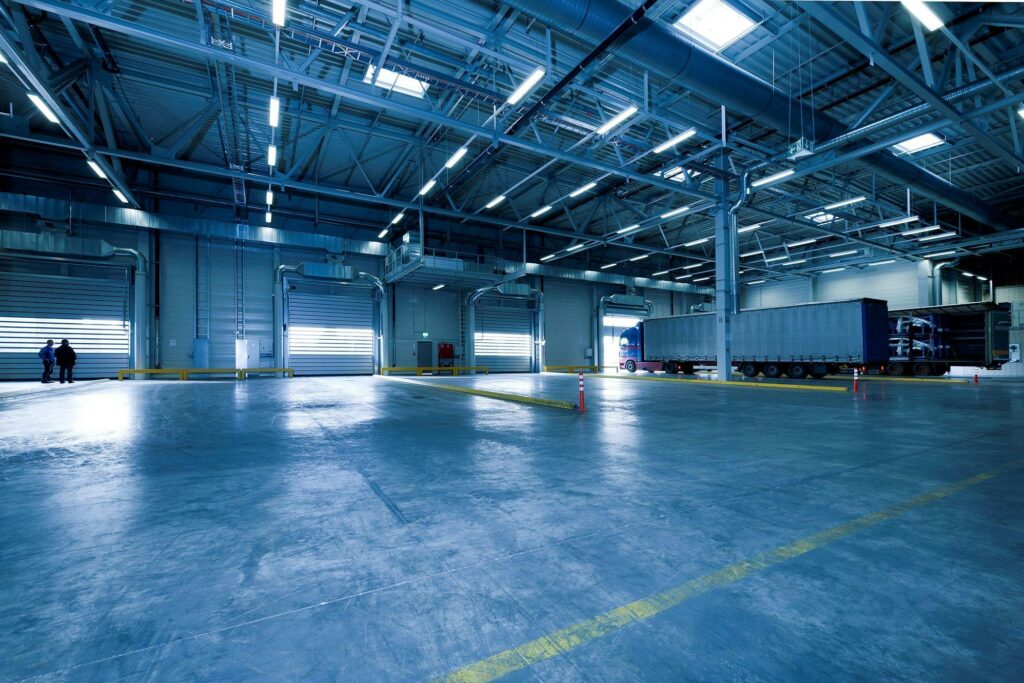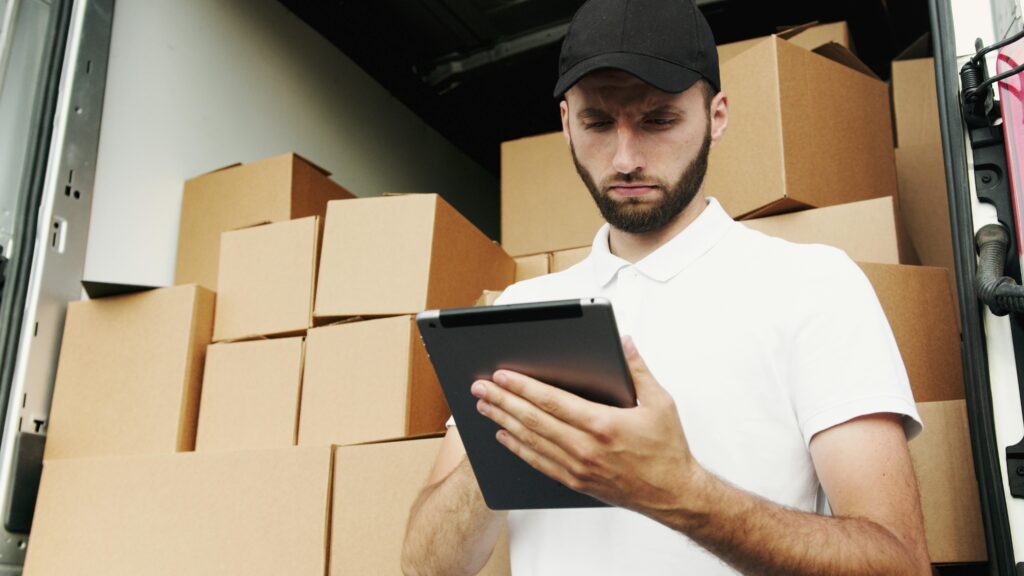The Future of 3PL: How Warehouse Automation Is Reshaping Logistics Efficiency

As the world of logistics evolves at lightning speed, the role of third-party logistics (3PL) providers has expanded far beyond simple storage and shipping. With global eCommerce expected to exceed $6.3 trillion by 2025, consumer expectations for fast, accurate, and affordable deliveries are pushing fulfillment providers to innovate like never before.
Enter warehouse automation—the game-changer that’s transforming traditional warehouses into high-performance hubs capable of handling today’s demand for speed, accuracy, and scalability.
This guide explores why automation matters, the technology behind it, real-world applications, and how brands can benefit when their 3PL embraces automation.
What Is Warehouse Automation?
Warehouse automation uses technology, robotics, and intelligent software to minimize manual labor and streamline warehouse operations. By automating repetitive tasks like picking, packing, sorting, and storage, 3PLs can process orders faster, with fewer errors and at lower costs.

Core automation technologies include:
Automated Storage & Retrieval Systems (AS/RS): Computer-controlled equipment that places and retrieves goods from storage locations quickly and accurately.
Automated Guided Vehicles (AGVs): Driverless machines that transport materials across the facility.
Conveyors and Sortation Systems: Automated belts and sorting equipment that direct products to the right locations efficiently.
Pick-to-Light & Voice Picking Systems: Guides warehouse staff or robots through order picking using lights or voice commands.
Collaborative Robots (“Cobots”): Designed to work safely alongside human workers to improve speed and accuracy.
Warehouse Management Systems (WMS): Software that provides real-time visibility into inventory and order fulfillment processes.
This blend of physical automation and intelligent software is changing the fulfillment landscape at breakneck speed.
Why Warehouse Automation Matters for 3PLs
1. Speed and Accuracy
Automation can process orders up to 3x faster than manual labor while reducing picking errors by as much as 67%. For customers, this means faster deliveries and fewer incorrect shipments—a huge win for brand reputation.
2. Scalability During Peak Seasons
Traditional warehouses struggle during seasonal spikes like Black Friday or Prime Day. Automated systems handle these demand surges without needing to hire and train a temporary workforce, ensuring consistent service levels year-round.
3. Cost Reduction and Efficiency
While automation requires an initial investment, studies show that automated warehouses cut operating costs by up to 30% through labor savings, space optimization, and fewer errors.
For 3PLs, this means better margins and the ability to offer competitive pricing to clients.
4. Data-Driven Decision Making
Automated systems generate real-time data on inventory levels, fulfillment speeds, and equipment performance. This enables 3PLs to forecast demand, optimize routes, and improve warehouse layouts based on actionable insights.
5. Improved Worker Safety
Robots handle heavy lifting, repetitive tasks, and hazardous processes, reducing workplace injuries. Human workers can focus on value-added activities like quality control and customer service.

Real-World Examples of Automation in Action
Amazon Robotics:
With over 520,000 robots in its fulfillment centers, Amazon has reduced fulfillment times from hours to minutes, setting the industry standard for eCommerce logistics.DHL Supply Chain:
DHL’s investment of $2 billion in digitalization includes AI, robotics, and IoT technologies across its global warehouses to improve speed, safety, and sustainability.XPO Logistics:
This 3PL giant uses collaborative robots to assist workers in picking operations, boosting productivity by 2x during peak seasons.
How Brands Benefit When Their 3PL Uses Automation
For eCommerce companies, partnering with a tech-driven 3PL translates into:
Faster Delivery Times: Quicker order processing and shipment.
Better Inventory Accuracy: Real-time data prevents stockouts and overselling.
Lower Fulfillment Costs: Efficiency savings passed down to clients.
Scalability: Supports business growth without major operational disruptions.
Happier Customers: Fewer mistakes and faster deliveries improve satisfaction and loyalty.
Is Automation Right for Every 3PL?
Not necessarily. Before investing, 3PLs consider:
Order Volume: Automation delivers the best ROI when processing thousands of orders daily.
SKU Complexity: High SKU diversity requires more advanced systems.
Integration Needs: The WMS must sync seamlessly with eCommerce platforms like Shopify, Amazon, and WooCommerce.
Budget & ROI Timeline: Larger systems may take 2–3 years to pay off, so scalability planning is key.
Future Trends in Warehouse Automation
AI-Powered Forecasting: Smarter inventory predictions based on real-time data.
Drone Deliveries & Aerial Drones: For inventory checks and even last-mile delivery.
Fully Autonomous Warehouses: Minimal human intervention for 24/7 operations.
Green Automation: Energy-efficient robots and electric AGVs for sustainability goals.

Final Thoughts: Automation Is the Future of 3PL
Warehouse automation isn’t just about robots and conveyor belts—it’s about meeting modern customer expectations for speed, accuracy, and reliability.
For eCommerce brands, choosing a 3PL that embraces automation means fewer headaches, lower costs, and happier customers.
As consumer expectations rise and order volumes grow, automation will no longer be a competitive edge—it will be the industry standard.
